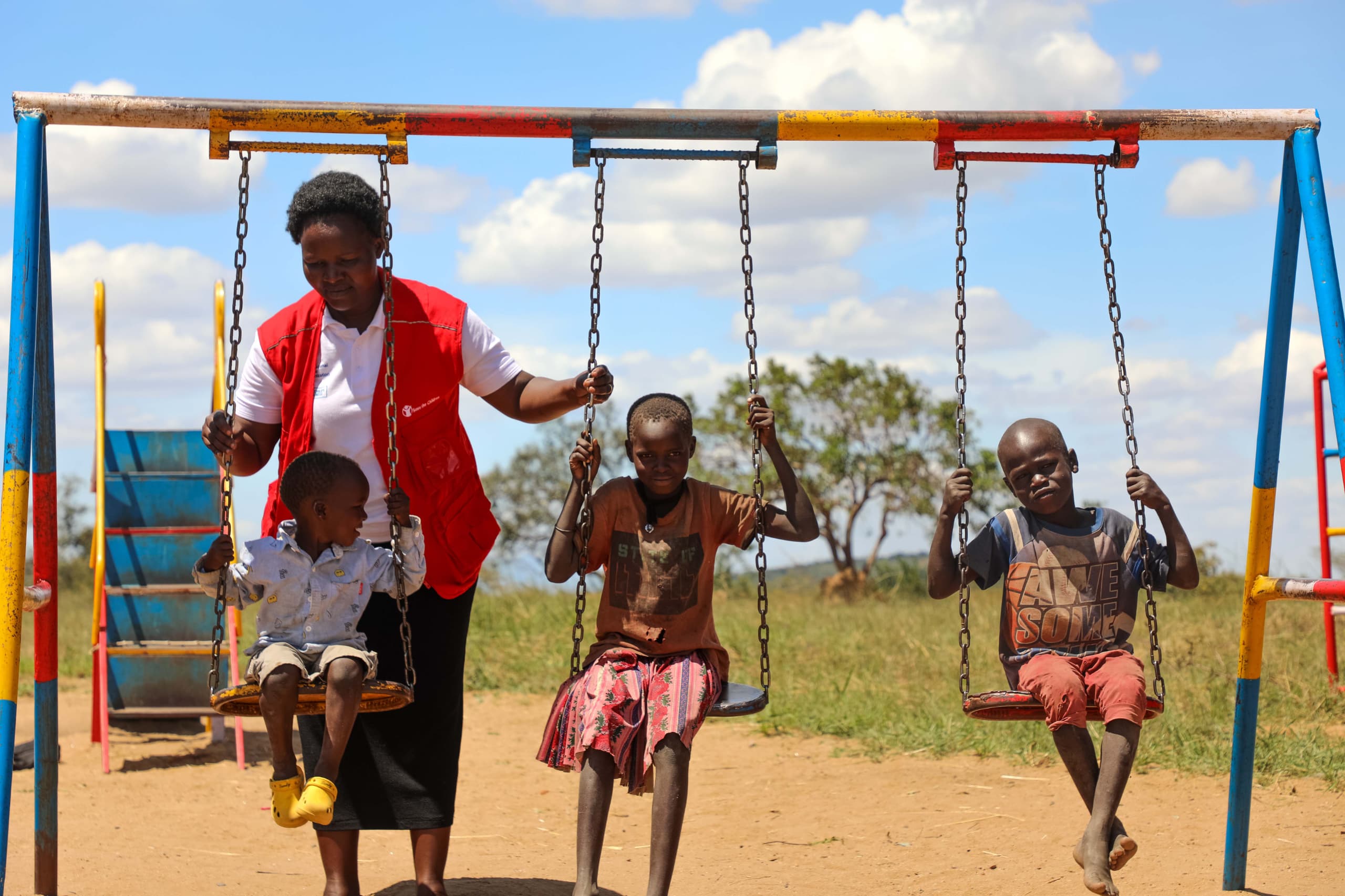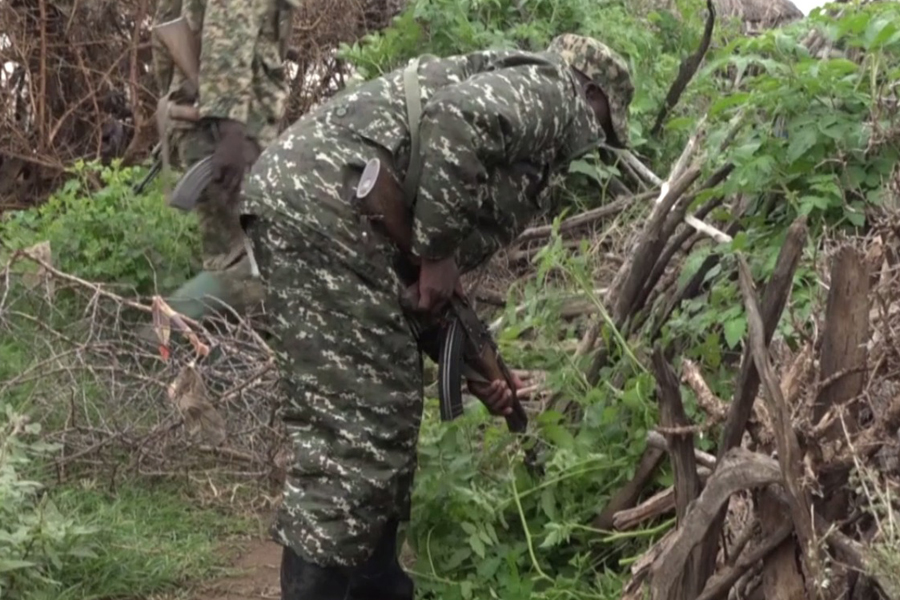No Crimean Congo fever in Uganda -MOH
The ministry of health has refuted claims of proven cases of Congo Crimean Hemorrhagic Fever within the districts of Nakaseke and Luwero.
The Minister of Health in charge of general duties, Sarah Opendi says the area only had one proven case that has now improved with supportive treatment and is now not infectious anymore.
Keep Reading
- > Parliament questions government's Shs1.1 trillion supplementary budget
- > Salam TV elevates coverage of 11th international Quran competition 2024 in Rwanda
- > Electoral Commission budget expected to rise
- > PPDA asks districts to use use alternative procurement processes to avoid returning money to consolidated fund
Opendi clarified that all other suspected cases and those who came in contact with the proven case were found negative when tested.
From 17th December 2017, the Cattle corridor districts of Nakaseke and Luweero have been awash with fears and worries over cases of the Congo Crimean Hemorrhagic Fever.
“I’m glad to report that this patient greatly improved, so following his improvement and positive response to the supportive treatment that was provided, a second sample was collected on the 4th January and sent to the Uganda virus research institute to ascertain whether the virus had cleared on supportive treatment. The results showed that this child was no longer infectious with the Crimean Congo hemorrhagic fever and was therefore discharged on the 5th January 2018,” Ms Opendi said.
Opendi says there have been many other suspected cases, nine of whom have died since last year with the latest being an eight-year-old girl but all tests indicated these had no Congo Crimean Hemorrhagic Fever or any other viral hemorrhagic fevers.
The minister notes that the people spreading reports of cases of these fevers are only being alarmist.
“It’s not true that we have that and it’s not true that the ministry of health can have an outbreak or that there can be people in the community with this disease and we don’t talk about it. It is not true. We are very confident that we have built capacity for detection, we are very confident that we have strong surveillance teams on ground,” she added.
The Congo Crimean Hemorrhagic Fever is a common virus within cattle corridors and is carried by ticks. Humans can contract the disease when bitten by infected ticks or when they get in direct contact with blood of infected animals.
The ministry is therefore calling upon public to report any signs of the fever and protection among those who slaughter animals.
‘Use protective wear when handling and slaughtering animals to prevent transmission of the animal diseases to humans and always make sure that you wash your hands with soap and water.”
At the onset, the Congo Crimean Hemorrhagic Fever shows flu-like symptoms, bleeding can appear within 3–5 days, mood instability, agitation, mental confusion and throat petechiae; and soon after nosebleeds, vomiting, and black stools.


















